Slavery in ancient Rome was a foundational institution, deeply embedded in its social, economic, and cultural fabric. It is estimated that slaves constituted a significant portion of the population, particularly in urban areas. This widespread prevalence underscores their crucial role in various sectors, including agriculture, mining, and households.
Understanding the roles and lives of slaves is essential for comprehending Roman society as a whole. They not only supported the Roman economy through their labor but also shaped social hierarchies and cultural attitudes. The study of slavery offers insights into the complexities of Roman legal practices, social dynamics, and cultural values, highlighting the disparities between free citizens and enslaved individuals.
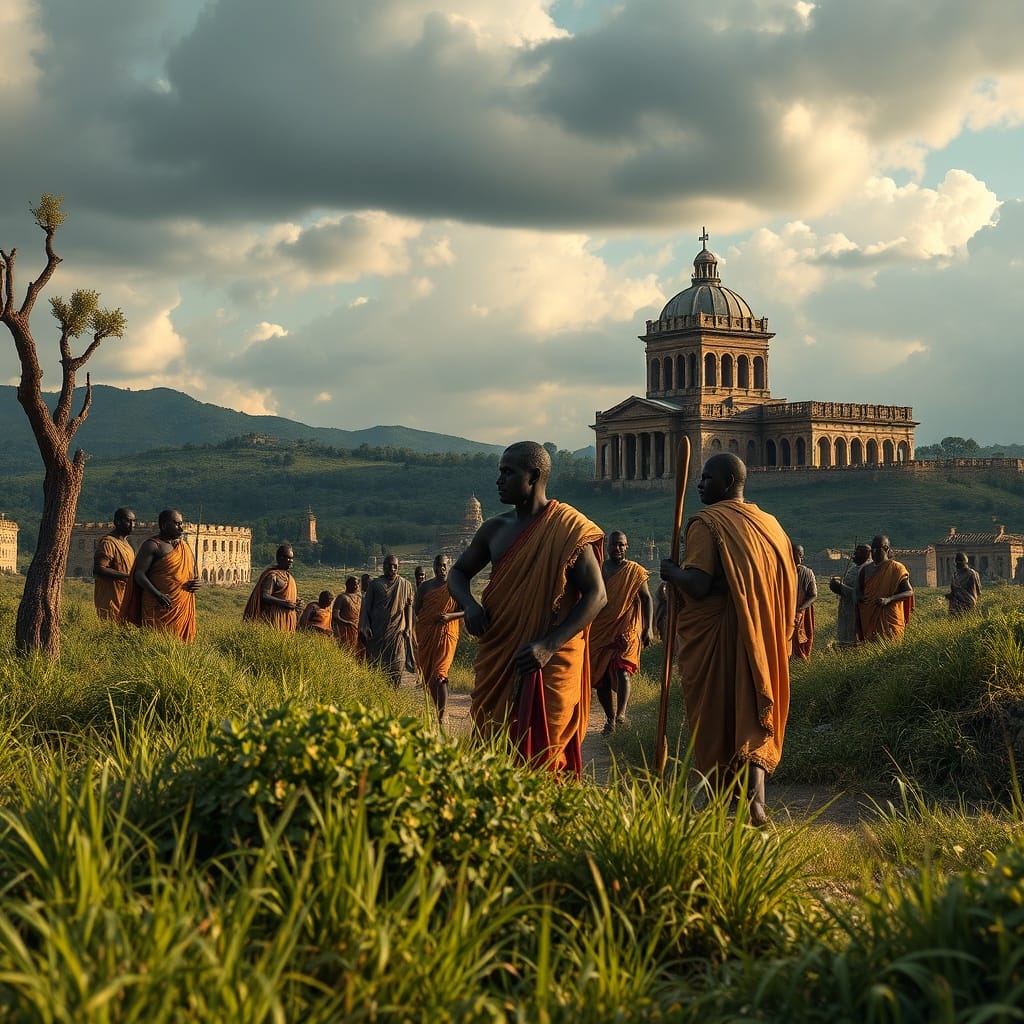
Roles in Roman Households
In ancient Rome, slaves were indispensable to the functioning of wealthy households, taking on a range of roles that supported the daily life and social status of their masters. These roles varied widely, showcasing both the complexity and the dependence on slave labor in Roman society.
Domestic Servants
Domestic slaves were responsible for crucial household tasks such as cooking, cleaning, and laundry. Their contributions ensured smooth household operations and a clean, orderly environment. Beyond basic chores, some slaves acted as personal attendants, managing the personal affairs and grooming of their masters. Treatment of these slaves varied, with some facing harsh conditions while others experienced relative kindness.
Tutors for Wealthy Families’ Children
Slaves also played a significant role as educators in affluent Roman homes. Known as ‘paedagogi’, these educated slaves instructed children in literature, philosophy, and rhetoric. This educational role was crucial for maintaining the social status of elite families and highlighted the reliance on enslaved individuals for intellectual and cultural advancement.
Other Household Roles
Beyond domestic duties and education, slaves engaged in varied other roles such as skilled labor, agricultural work, and entertainment. These responsibilities not only added to the household’s wealth and status but also demonstrated the breadth of skills possessed by slaves and their integral role in Roman society.
Agricultural Labor
The conditions for agricultural slaves in ancient Rome were notably harsh, characterized by long hours of strenuous work from dawn until dusk. They labored under extreme weather conditions with minimal breaks, dictated by the agricultural cycle. Living conditions were equally oppressive, with slaves housed in cramped quarters lacking basic amenities. The diet provided was meager, often leading to malnutrition and health issues over time. The strict discipline enforced upon them, coupled with severe punishments for disobedience, reinforced an environment of fear and subjugation.
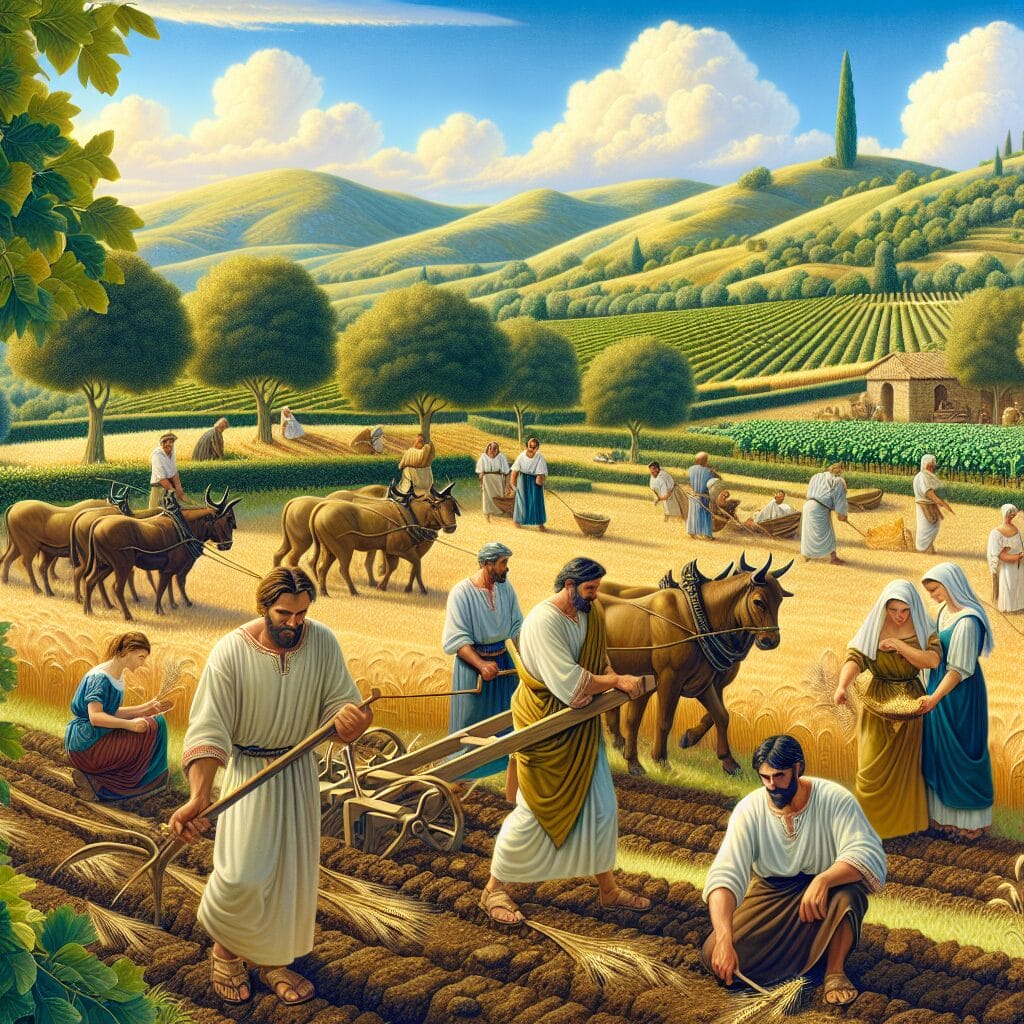
Types of Agricultural Tasks
Slaves were central to the farming operations, undertaking a variety of tasks essential for agriculture. Primarily, they engaged in field labor, planting, cultivating, and harvesting crops. Their responsibilities extended to animal husbandry, where they tended livestock, and managing irrigation systems to ensure adequate watering of crops. Slaves also maintained farming tools and equipment, and aided in processing and storing produce post-harvest. Some even possessed specialized skills, such as viticulture or olive cultivation, underscoring their vital role in sustaining the Roman agricultural economy.
Mining and Industrial Work
The conditions endured by slaves in Roman mines were among the most severe in ancient times. These laborers toiled in perilous environments, often working long hours in dark, cramped spaces. The risk of accidents was ever-present, with cave-ins and exposure to toxic fumes posing constant threats to their lives. The oppressive conditions not only endangered their physical well-being but also took a significant toll on their health, leading to respiratory issues and musculoskeletal injuries.
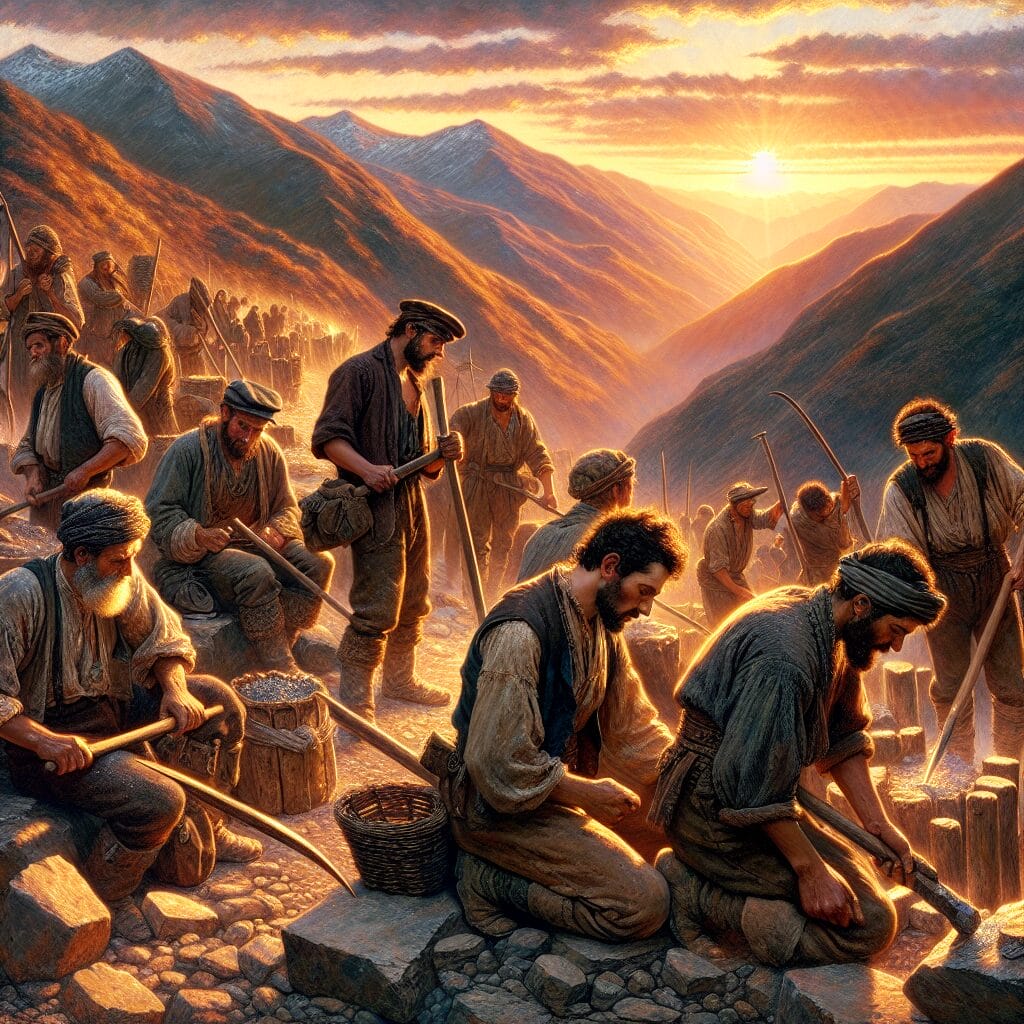
In addition to mining, slaves involved in industrial labor faced similar challenges. They worked in extreme temperatures and were often exposed to hazardous substances without any legal rights or protections. The lack of proper nutrition and medical care exacerbated the already grueling conditions, resulting in high mortality rates. The psychological strain of constant violence and the loss of autonomy further compounded their suffering, underscoring the brutal realities of slavery in the Roman industrial sector.
Path to Freedom: Manumission
In ancient Rome, manumission offered a pathway to freedom for slaves, allowing them to transition from property to individuals with personal agency. This process could be initiated through various methods, such as a formal declaration by the owner, a provision in a will, or a manumissio ceremony. These procedures ensured that the act of liberation was legally acknowledged, granting the freed individual, or liberti, certain rights and responsibilities.

The importance of manumission extended beyond personal liberation. It facilitated social mobility, enabling freedmen to engage in commerce, own property, and integrate into Roman society. However, despite these opportunities, liberti often remained linked to their former masters, reflecting a complex social dynamic. While they contributed economically and culturally, their rights were limited compared to full citizens. This created a unique social category that influenced Roman social structures and dynamics. Manumission thus played a crucial role in shaping the intricate social fabric of ancient Rome, promoting both continuity and change within its societal hierarchy.
Freedmen and Limited Rights
In ancient Rome, freedmen, known as liberti, occupied a unique social status. While they achieved freedom through manumission, they were not afforded the full privileges of Roman citizens. Freedmen enjoyed certain rights, such as the ability to engage in business, own property, and legally marry. However, they remained tethered to their former masters through social and economic dependencies, reflecting a complex relationship that influenced Roman social dynamics.

Despite their liberated status, freedmen faced numerous limitations. They were often restricted from holding public office and lacked certain legal rights, underscoring their transitional status between slavery and full citizenship. This created a distinct social category, contributing to a more fluid but stratified class structure.
| Status | Slaves | Freedmen | Citizens |
|---|---|---|---|
| Rights | None | Limited | Full |
| Property Ownership | No | Yes | Yes |
| Public Office | No | No | Yes |
| Legal Marriage | No | Yes | Yes |
Thus, while manumission facilitated social mobility, it also highlighted the enduring constraints on former slaves within the broader Roman societal framework.
Legal Status of Slaves
In ancient Rome, slaves were fundamentally regarded as property, devoid of any legal personhood. They were classified as res, a term signifying ‘things’ or ‘property,’ reflecting their role as assets rather than individuals. This status permitted the buying, selling, and ownership of slaves, akin to other forms of property. Consequently, slaves could be transferred through sale, inheritance, or bequest, underscoring their lack of autonomy.

“The legal status of slaves was defined by their lack of rights and the absolute authority their owners had over them.”
Slaves in ancient Rome lived under a system devoid of personal rights and protections. They were unable to own property, enter contracts, or seek legal recourse, rendering them wholly subject to their owners’ will. This lack of legal standing facilitated widespread abuse, as owners could punish or reward slaves without facing consequences. Although some could achieve freedom through manumission, this was contingent upon the discretion of their owners, further emphasizing their vulnerable status within Roman society.
Cultural Perceptions of Slavery
In ancient Rome, the institution of slavery was deeply ingrained in the cultural fabric and widely accepted as a societal norm. Roman culture viewed slavery as an essential component of their economic and social systems. Slaves were considered crucial for maintaining the lifestyle and wealth of the elite, facilitating a range of tasks from domestic duties to labor-intensive work in agriculture and industry.
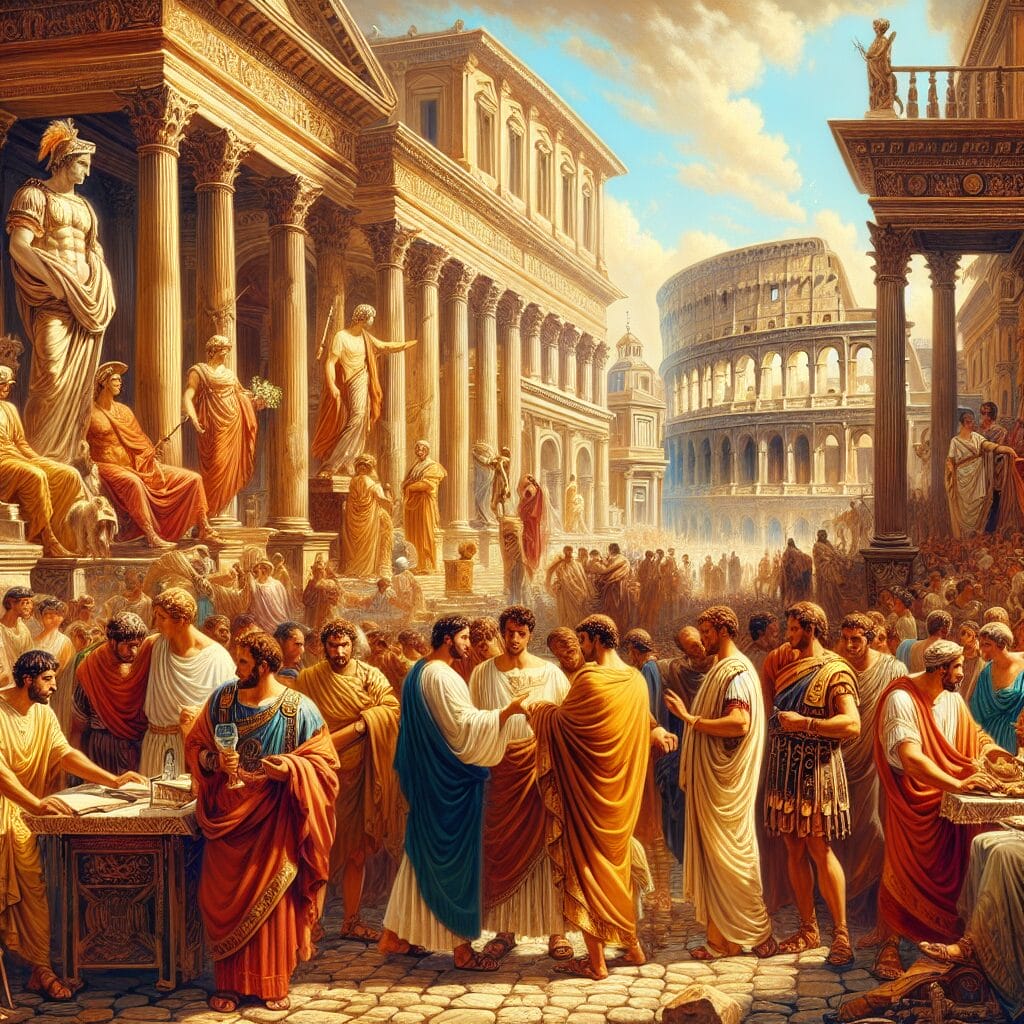
The cultural justifications for slavery were rooted in the belief of inherent social hierarchies. Romans perceived the distinction between free citizens and slaves as natural and necessary for the functioning of society. This perspective was further justified by the idea that slavery benefited both parties: owners gained labor, while slaves received sustenance and protection, albeit under oppressive conditions.
Such views were reinforced by philosophical and legal frameworks that categorized slaves as res, or property, devoid of individual rights. Consequently, the pervasive acceptance of slavery reflected not only economic necessity but also a cultural ideology that underscored the perceived natural order of Roman society.

Daily Life of Slaves
The daily lives of slaves in ancient Rome were marked by arduous routines and harsh living conditions. Slaves typically resided in cramped quarters, often within the homes of their masters or in communal barracks on large estates. These living spaces were sparse, lacking basic comforts, and were designed to accommodate the bare necessities of life.
Slaves’ daily routines were dictated by the demands of their masters, with tasks varying widely based on their assigned roles. Household slaves might begin their day early, attending to domestic chores such as cleaning, cooking, and serving meals. Those working in agriculture or industry faced grueling labor, often toiling from dawn to dusk under arduous conditions.
Despite these challenging circumstances, the resilience of slaves was evident in their ability to adapt and endure. Their lives were characterized by a lack of personal freedoms and legal protections, yet they contributed significantly to the economic and social fabric of Roman society. Reflecting on these aspects of daily life provides a deeper understanding of the profound hardships faced by slaves in ancient Rome.
Economic Impact of Slavery
In ancient Rome, slavery formed the backbone of the economy, with a significant portion of labor being provided by slaves. Their work spanned various sectors, including agriculture, mining, and household services, facilitating the economic expansion of the Roman Empire. The reliance on slave labor was so profound that it was estimated that in the late Republic, the slave population could have comprised up to 30% of the total population in Italy.
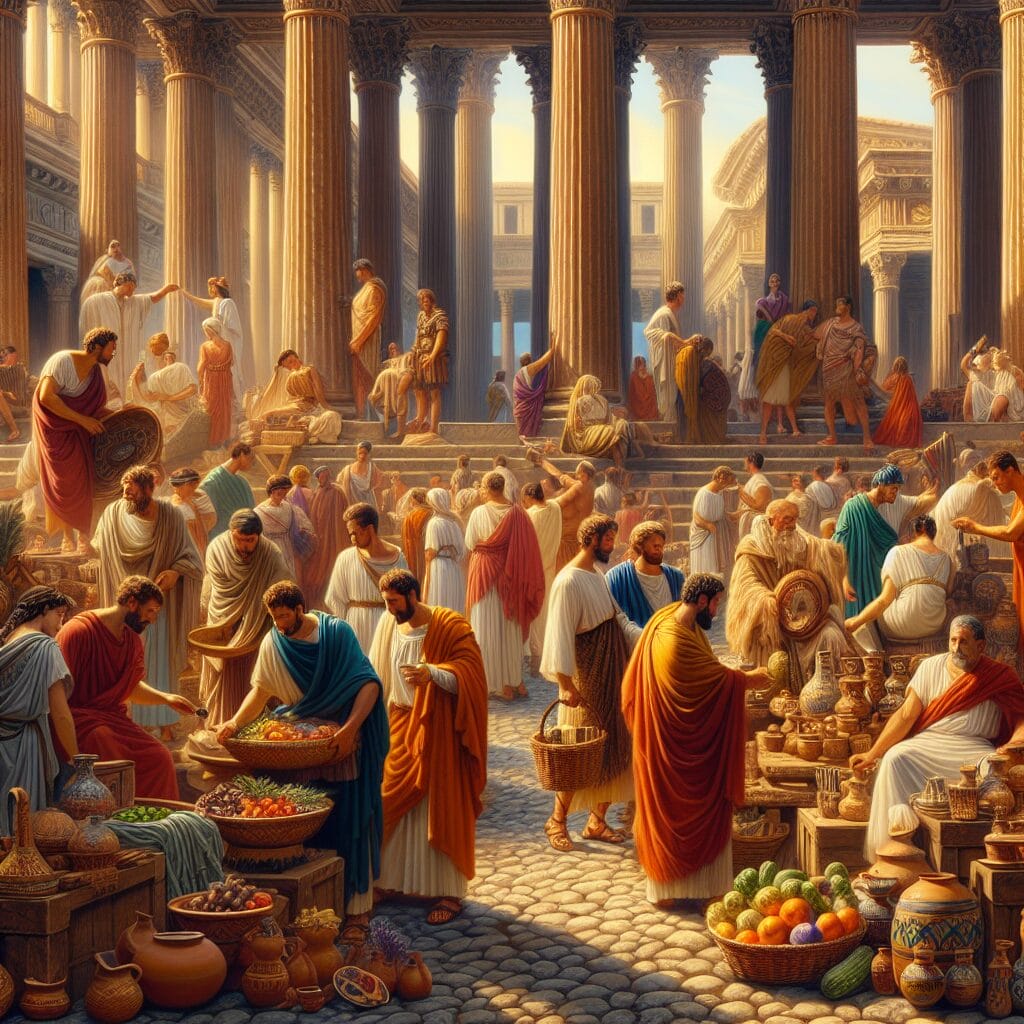
Slaves were integral to large-scale agricultural operations known as latifundia, which produced essential goods for both domestic consumption and export. This system not only supplied the empire’s vast urban centers but also supported Rome’s military endeavors by ensuring a steady food supply. Furthermore, in urban settings, the labor of slaves was indispensable in maintaining households, constructing infrastructure, and even in skilled trades.
The Roman economy’s dependence on slave labor underscored a societal structure wherein the exploitation of human resources was normalized. This economic model, while profitable for the elite, perpetuated a cycle of subjugation and limited social mobility for the enslaved, embedding slavery into the very fabric of Roman economic life.
Social Hierarchies and Slavery
In ancient Rome, the social hierarchy was distinctly stratified, with slaves occupying the lowest tier. Classified as res—a Latin term meaning ‘things’—slaves were seen as property rather than individuals with personal rights. This classification relegated them to a status devoid of legal standing or personal autonomy. Slaves had no rights to own property, enter contracts, or marry legally, underscoring their complete subjugation within Roman society.
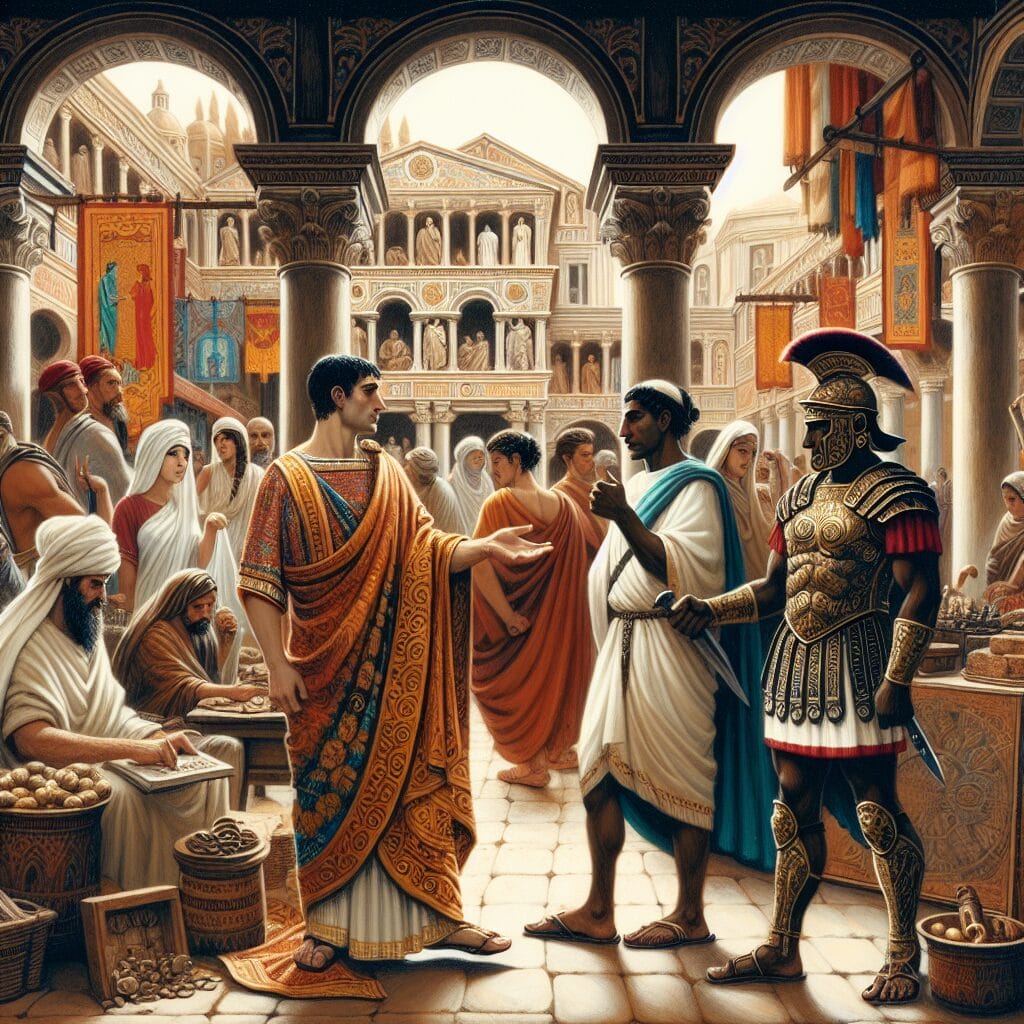
Influence on Social Dynamics
The presence of slaves significantly influenced social dynamics in Rome. The reliance on slave labor reinforced the power of the elite, who benefited economically and socially from this exploitation. Furthermore, the existence of a class with no rights or protections allowed the upper classes to maintain their status and control. This societal structure not only perpetuated inequality but also normalized the dehumanization of a large segment of the population, reflecting broader cultural justifications for slavery.
Personal Stories and Resilience
Amidst the harsh realities of slavery in ancient Rome, stories of resilience and determination occasionally emerged, illuminating the indomitable human spirit. One notable example is that of Publilius Syrus, a slave who rose to prominence through his extraordinary talent for writing. Despite his status as a slave, his literary prowess gained the attention of his owner, who ultimately granted him freedom. Publilius went on to become a celebrated writer, leaving a lasting legacy in Roman literature.
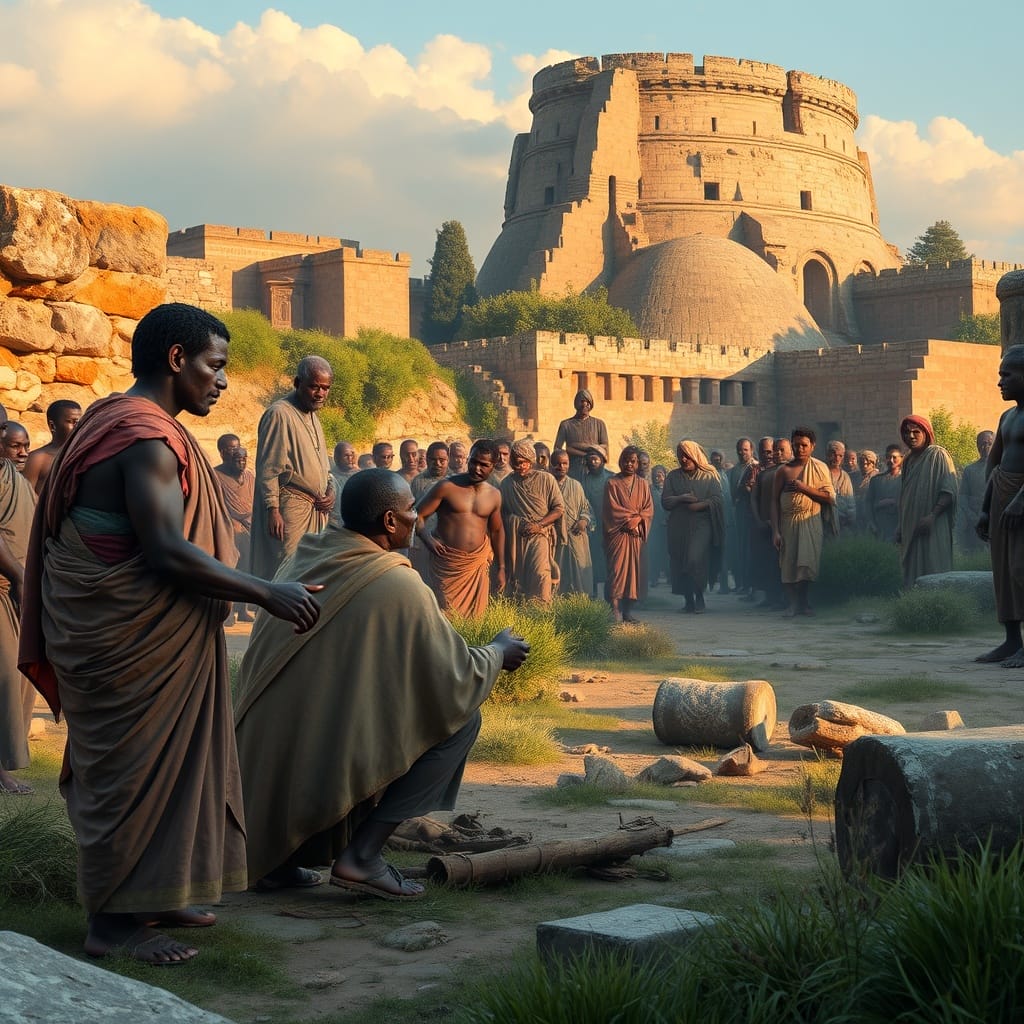
Another inspiring narrative is that of Epictetus, who was born into slavery but later became one of the most influential Stoic philosophers. His teachings, rooted in the acceptance of one’s circumstances and the pursuit of inner freedom, resonated widely and continue to influence philosophical thought today.
These stories highlight not only individual tenacity but also the potential for transformation, even under oppressive conditions. They serve as a testament to the resilience of those who, despite being classified as res—or ‘things’—[by Roman law](https://www.worldhistory.org/article/629/slavery-in-the-roman-world/), managed to carve out an identity and legacy beyond their imposed limitations.
Conclusion
The institution of slavery in ancient Rome was marked by the absolute subjugation of individuals classified as res, or property. Slaves played diverse roles in Roman society, from domestic servants to agricultural and industrial laborers, all while being denied basic human rights and protections. Their legal status was defined by their owners’ authority, which permitted widespread abuse and exploitation.
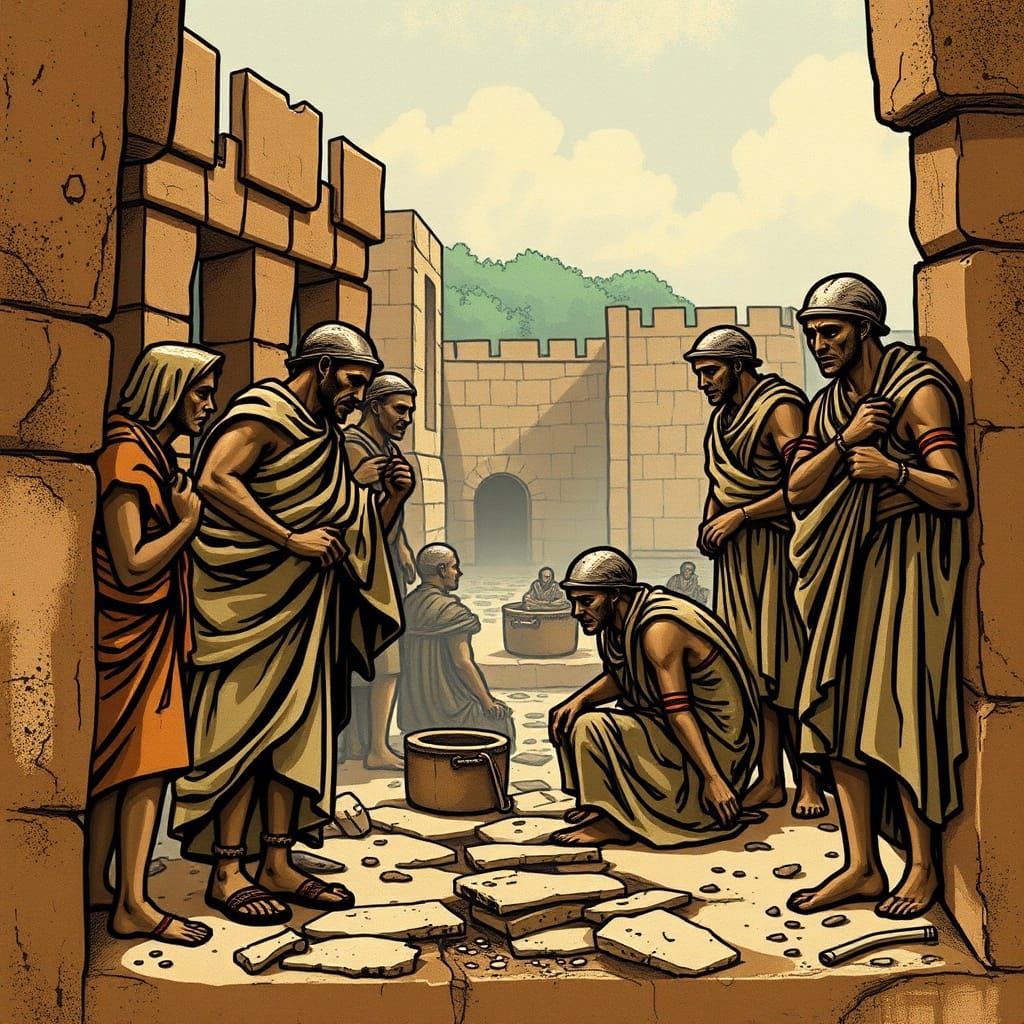
Despite these oppressive conditions, some slaves achieved freedom through manumission, yet their rights remained limited. The legacy of Roman slavery is a testament to the harsh realities faced by individuals at the bottom of society. It underscores the enduring impact of systemic inequality and exploitation, reminding us of the importance of acknowledging and understanding this dark aspect of history.

FAQs on Roman Slavery
- What was the legal status of slaves in ancient Rome? Slaves were classified as res, meaning property or things, lacking any legal personhood. They could be bought, sold, or inherited, reflecting their status as assets rather than individuals. For more details, see the legal definitions of slaves.
- Did slaves have any rights or protections? No, slaves had no personal rights or legal protections. They were subject to the will of their owners, who could punish or reward them without legal consequences, leading to widespread abuse. Discover more about the lack of personal rights.
- Could slaves earn their freedom? Yes, some slaves could earn freedom through manumission, but it was not guaranteed and depended on the owner’s discretion. This process allowed slaves to become freedmen, albeit with limited rights.
- What roles did slaves perform in Roman society? Slaves served in various capacities, including domestic servants, agricultural laborers, and industrial workers. Their roles were crucial to the economic and social fabric of Rome.
- How did Roman society view slavery? Slavery was an accepted societal norm, with slaves occupying the lowest social status. This reflected the deeply entrenched social hierarchies and cultural justifications of the time.

